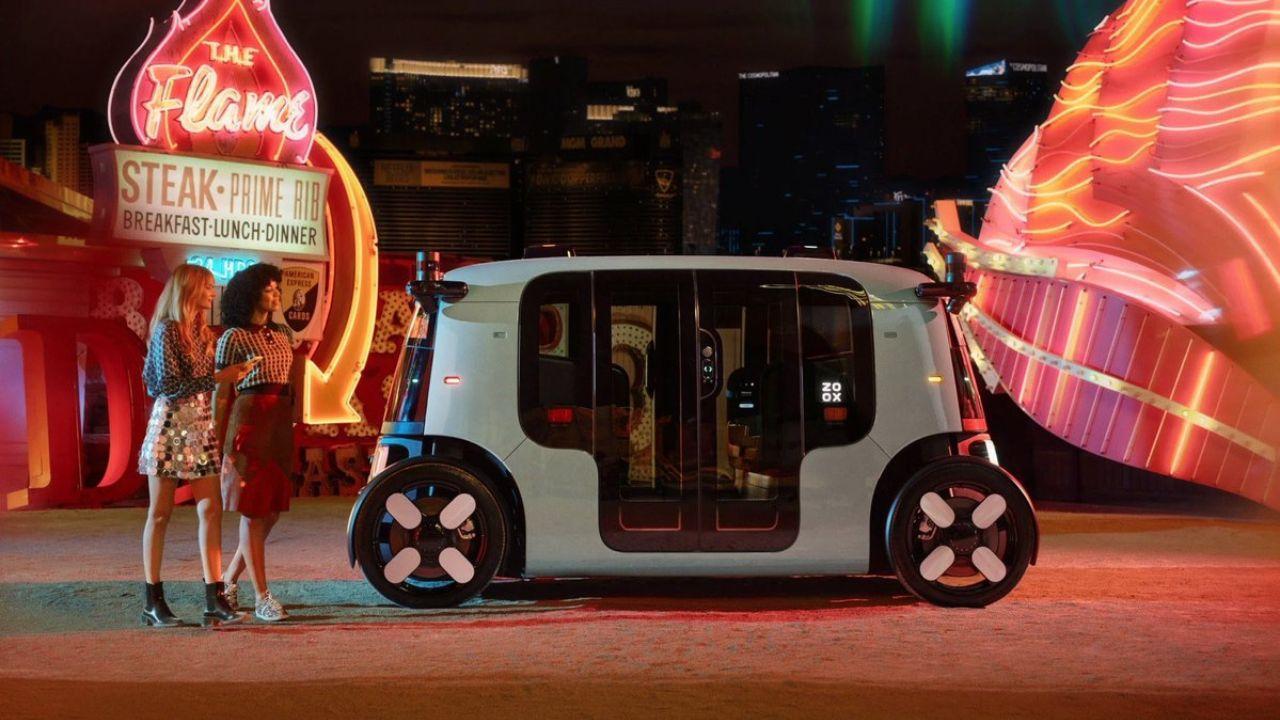
Post by : Avinab Raana
Photo : X / Las Vegas Locally 🌴
First Public Robotaxi Without a Driver Hits Vegas
Zoox, the Amazon-owned autonomous vehicle company, has begun offering free robotaxi rides to the general public in Las Vegas. These are not your typical ride shares these vehicles are driverless, built without steering wheels or pedals, and designed from the ground up for autonomy. The free rides are part of a strategy to familiarize riders with the experience before regulatory approval permits charging fares. This milestone positions Zoox as a major player in the race to deploy autonomous vehicle (AV) transport broadly.
What the Zoox Vehicles Are Like
The Zoox robotaxis look unusual. They are purpose-built autonomous electric vehicles, meaning they aren’t retrofitted versions of standard cars. Riders sit facing each other in a bench-style layout, and there are no manual controls in the cabin. The vehicles are equipped with lidar, radar, cameras, and software that lets them drive themselves. This distinct design aims to deliver not just automation, but a new passenger experience, one defined by safety, clarity, and novelty.
Where and How the Service Starts
Pick-ups and drop-offs begin along the Las Vegas Strip, at popular destinations including Resorts World, AREA15, New York-New York, the Luxor, and Topgolf. Rides are requested through the Zoox app, which shows wait times, vehicle info, and feedback tools. For now, the service is free while the company awaits regulatory permission to charge. Zoox says feedback from rider-experiences will help refine software, comfort, navigation, and safety. The service is limited to certain zones and destinations to ensure control and predictability.
The Regulatory Journey to Fares
Zoox needs formal regulatory approval before it can begin charging for rides. The free period serves as both a public test bed and a way to build trust. Regulators want proof that safety, performance, reliability, and handling of edge cases work in real-world conditions. Some safety exemptions already granted for demonstration use enable Zoox to deploy vehicles on public roads while meeting safety and oversight standards. Once regulators are satisfied, fare-based service could begin, making the model commercially viable.
Competition and Market Context
Zoox enters a crowded but evolving robotaxi landscape. Companies such as Waymo already operate paid autonomous ride services in multiple U.S. cities. Other players including Tesla and Cruise are also advancing AV efforts, though under different licensing, hardware, or software models. What sets Zoox apart is its custom-built vehicle with no traditional controls and entirely driverless operation. That gives it both advantage in design innovation and pressure to prove safety and reliability to match passenger expectations.
Benefits for Riders and the City
For riders, the chance to experience autonomous vehicle rides without paying is a low-risk way to become familiar with this new mode of transit. It may foster trust, reduce anxiety, and generate public feedback. For Las Vegas, the robotaxi service could relieve some traffic from busy Strip roads, offer novel mobility options for tourists and locals alike, and help the city position itself as a global experiment zone for AV tech. It’s also a marketing win for Zoox free service generates visibility and media coverage, helping build brand and awareness ahead of wider rollout.
Comfort, Speed, and Perception
Early riders have noted some trade-offs. The interior layout, while novel, may feel less familiar or less comfortable than a traditional car. Speeds may remain moderate in the early stages, steering clear of faster or more complex traffic conditions. Public perception remains a hurdle people want to see safety records, reliability under diverse conditions (night, rain, heavy traffic). Also, removing human controls raises questions of trust, emergency override, and liability. Zoox will need to respond to all those through design, operations, and communication.
From Vegas to More Cities
Zoox has plans to grow. The company is looking to expand its robotaxi service to San Francisco, with initial rollout there expected after refining the Vegas deployment. Expansion will depend on regulatory clearance, robust vehicle testing, and ensuring infrastructure support (charging, maintenance, pickup zones). The aim is to move beyond zones with high tourist traffic, eventually to broader urban coverage. Scaling will also pose operational challenges: maintaining safety, managing remote support, ensuring each vehicle in the fleet remains well-calibrated.
Why This Matters for Autonomous Mobility
This launch is a meaningful step toward mainstream AV services. It demonstrates that driverless operation is moving from closed-loop testing to public use. It helps answer questions people have had- do these vehicles really work in real conditions? Is the experience acceptable? Can the public accept a vehicle without a driver? Each free ride contributes to those answers. For the urban mobility landscape, this signals that AVs are no longer far-off experiments but emerging transport tools.
Economic & Social Impacts
If successful, robotaxi services like Zoox’s could shift parts of the ride-hail industry, reduce dependency on human drivers, and eventually lower costs. There’s potential for job shifts in driving, operations, maintenance, software, and regulation. For communities that rely on tourists (like Las Vegas), offering novel mobility forms adds to the city’s appeal. However, concerns such as equity (where these services are offered), accessibility (for those with mobility challenges), and cost when fare charging begins will shape whether robotaxis are broadly beneficial.
Lessons from Early Users
Riders who’ve used Zoox in Vegas describe smooth rides with minimal jostling, intelligent handling of traffic and pedestrians, and a feeling that the vehicle knows its limits. But comfort features like seat padding, interior lighting, and cabin climate control sometimes lag behind what passengers expect in high-end ride-share. Also, passengers want transparency knowing where the vehicle is, how safe it is, what happens in unusual conditions. Zoox is gathering feedback for improvements in these areas.
Key Metrics and What to Watch
As the launch proceeds, several metrics will be telling: how many rides are requested vs completed, wait times, safety incidents (if any), reliability during peak times vs off-peak, user satisfaction, and cost of operations. Another key dimension will be regulatory roadmaps, what regulatory bodies require for paid fare approval, and how well Zoox meets those requirements. Also, cities observing this will consider traffic impacts, infrastructure needs for charging or maintenance, and local community response to autonomous presence.
A New Chapter in Transport
Zoox’s free driverless robotaxi rides in Las Vegas represent more than a tech demo—they are a tangible sign that autonomous public transit may be closer than many expect. The novelty lies not just in removing the driver, but in placing the experience into people’s hands in everyday settings. Yes, challenges remain, but each ride is a statement: that mobility is evolving. What happens next how fast, how safely, and how broadly will shape whether robotaxis become just a futuristic novelty or a normal part of city life.
Robotaxi service, Driverless vehicle, Public AV rides

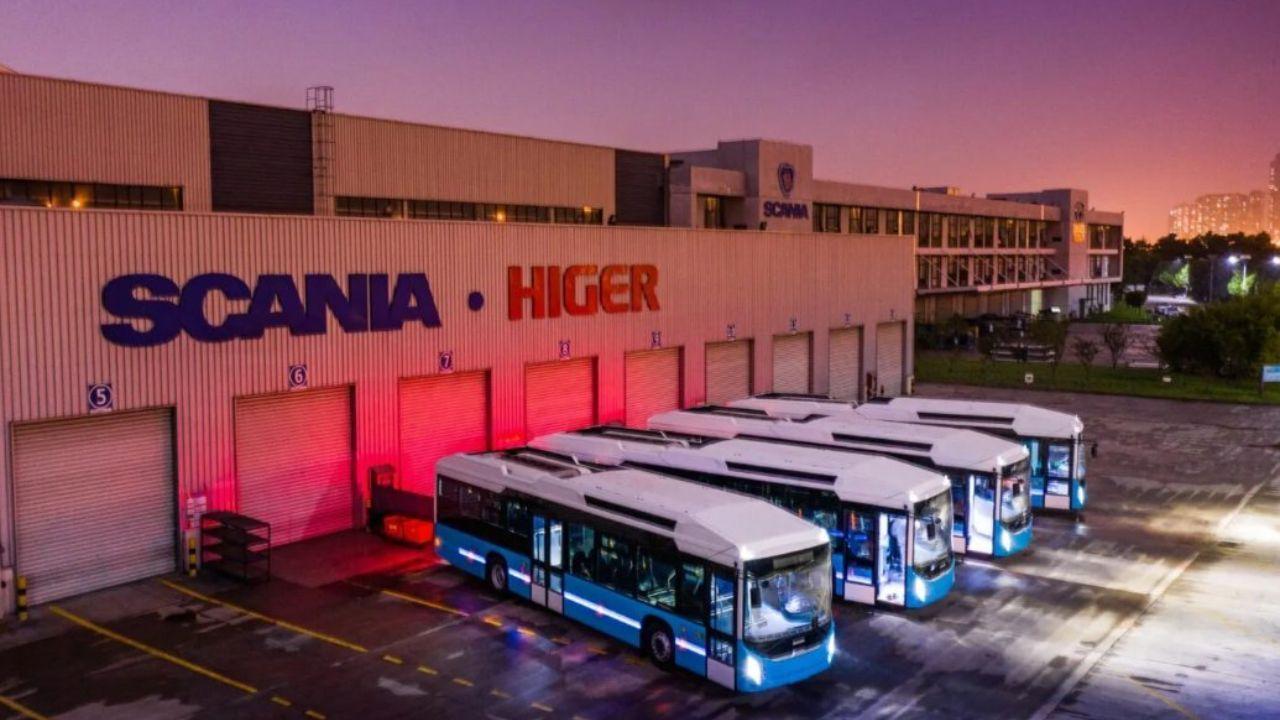
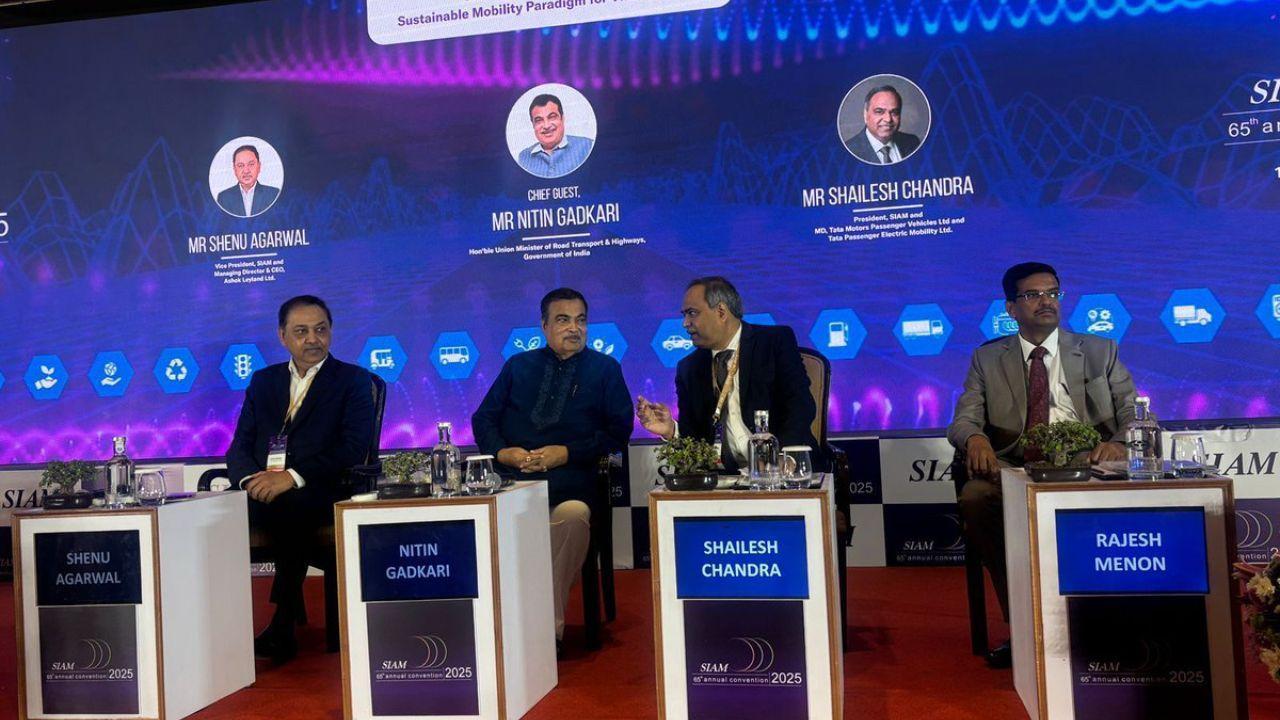
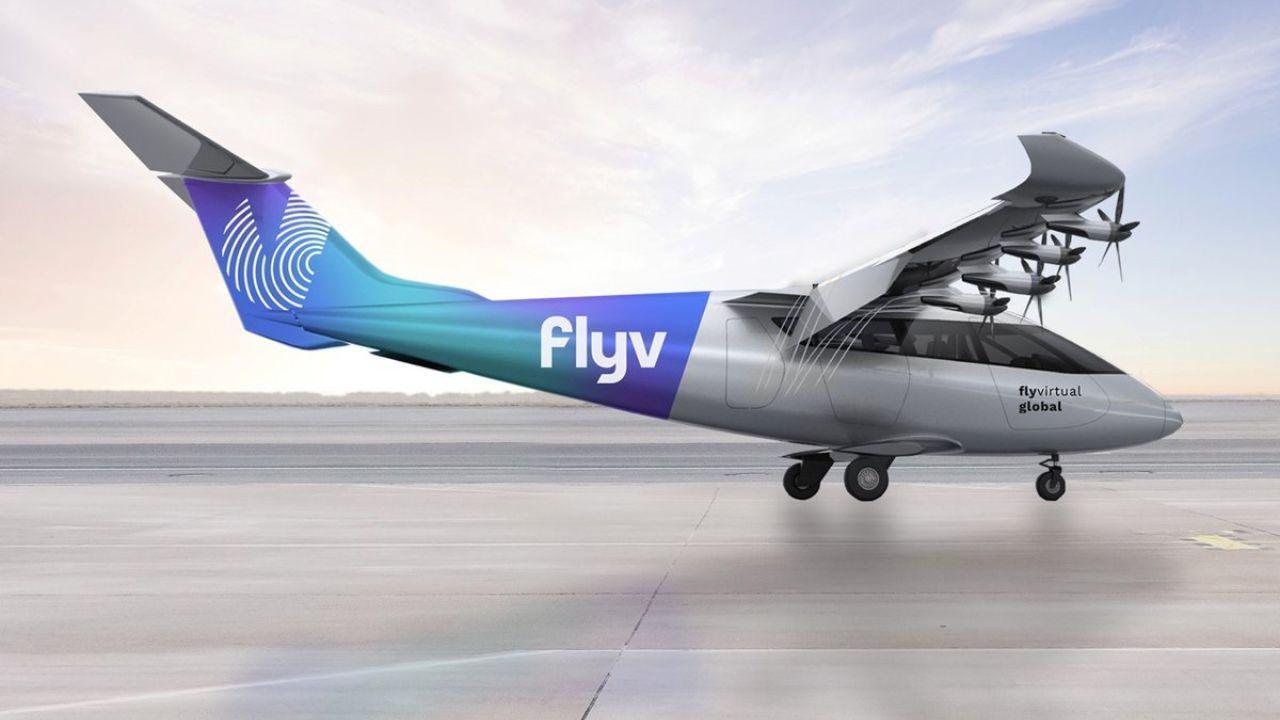
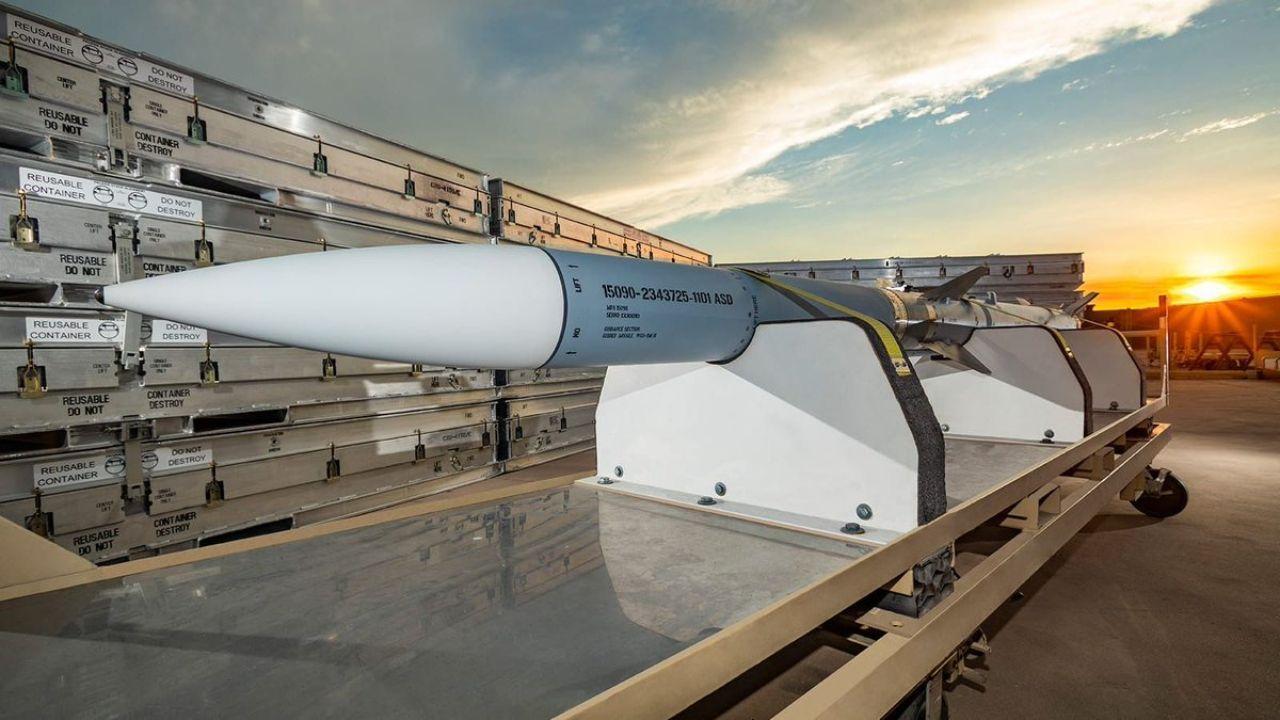
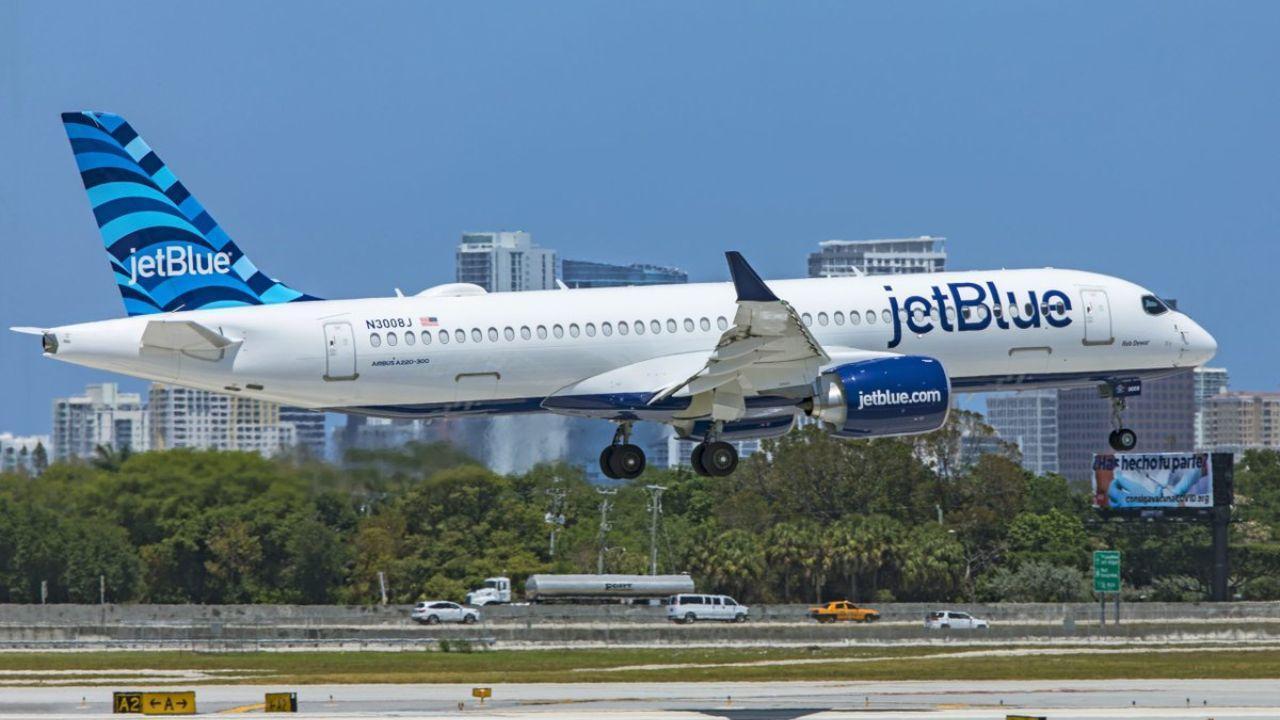
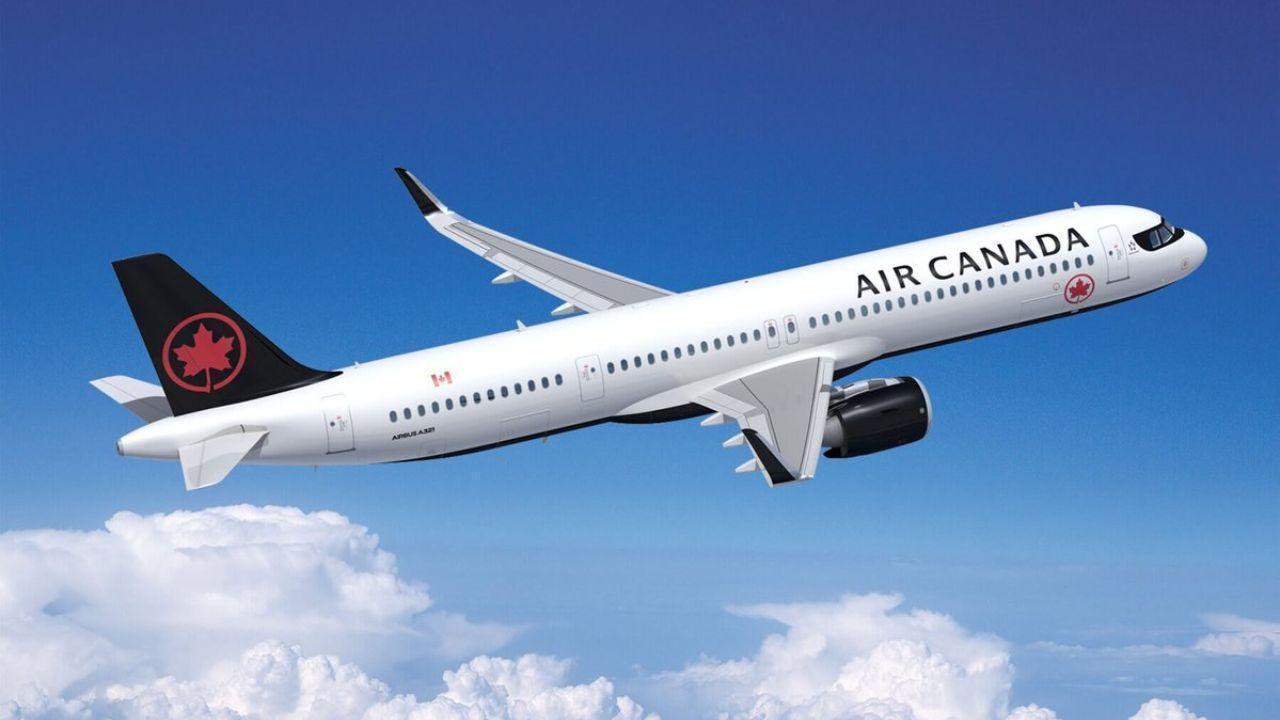


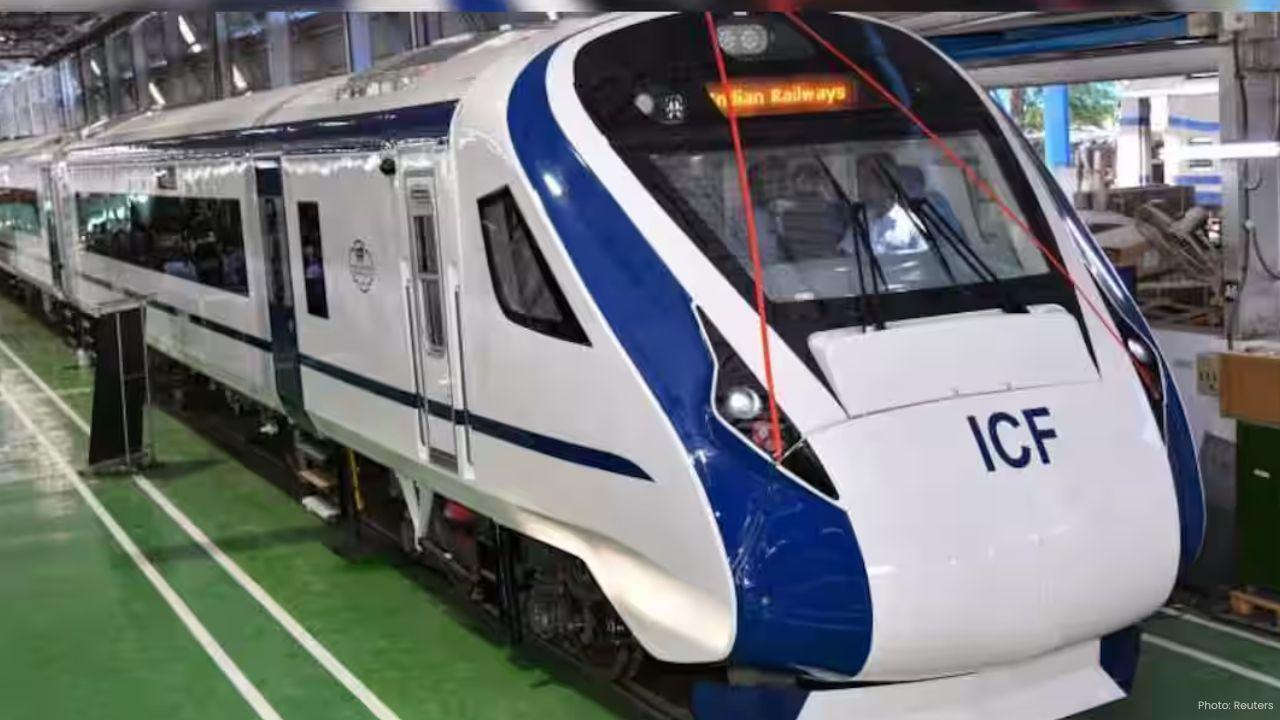
Vande Bharat Passenger’s Spitting Incident Sparks Nationwide Debate
A passenger spitting on the Vande Bharat Express floor sparks online debate on civic sense cleanline

OnTrac Introduces Ground Essentials Service for Affordable and Reliable Shipping
OnTrac launches Ground Essentials a new service offering cost-effective parcel delivery with up to 3
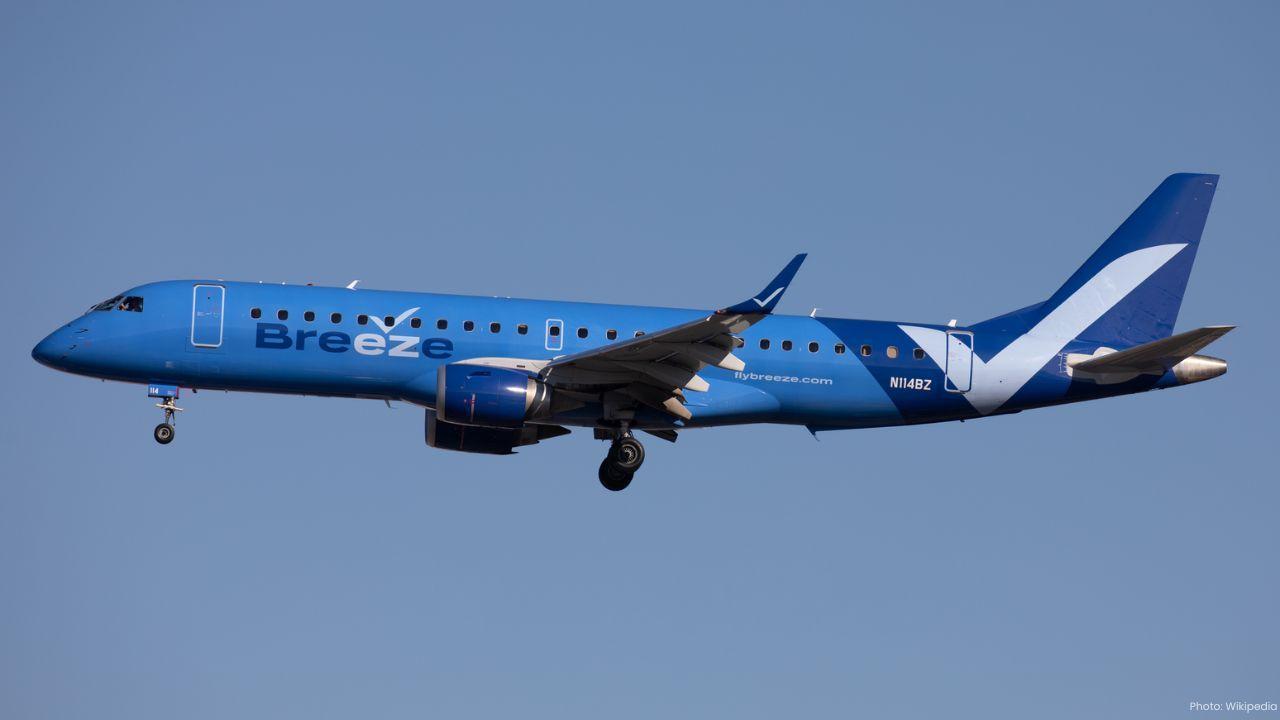
Breeze Airways Earns Five-Star Status as North America's Top Airline
Breeze Airways achieves a five-star rating marking it as North America's leading major airline for 2

Royal Enfield Cuts Prices on 350cc Bikes After GST Rate Reduction
Royal Enfield reduces prices on 350cc motorcycles from September 22, 2025, following GST rate cuts,
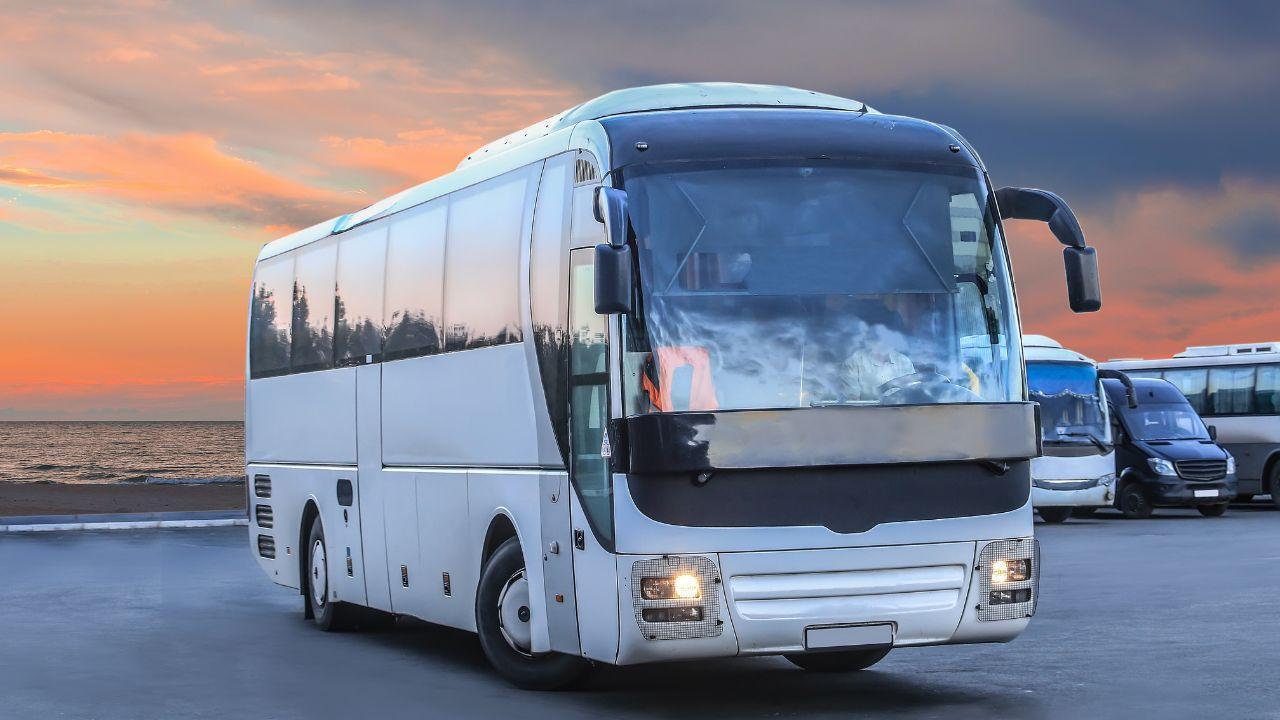
Viva ACP Boosts Bus Safety with Strong Lightweight Aluminium Panels
Viva ACP’s panels make buses safer lighter and stronger—saving energy and protecting passengers with
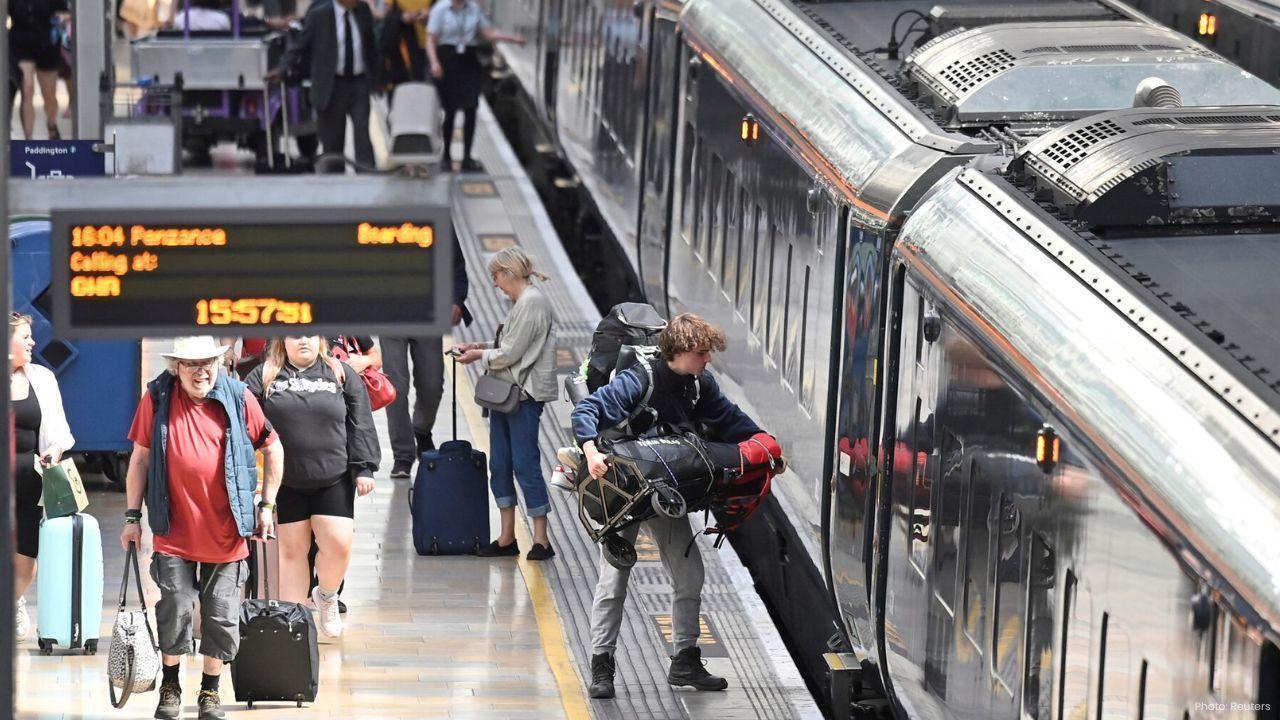
Steelpaint’s Stelcatec Coating Gets UK Rail Approval
Steelpaint’s Stelcatec coating approved by UK Network Rail for durable, fast, and effective protecti